This is a verse that often comes to mind when we think about the character of David, king of ancient Israel, writer of so many of the Bible’s psalms, and ancestor of Jesus Christ himself. Yet the expression “a man after [God’s] own heart” probably does not mean what we often think it means.
Many of us have thought about the expression and wondered – why would David be described as a man after God’s own heart – something not said of other great biblical figures? What earned David that description? Was it his total commitment to God or some other aspect of his character?
It is actually likely that no aspect of David’s character is in mind, and that it is God who is the focus of this verse. The expression “the LORD has sought out a man after his own heart” reflects a standard ancient Near Eastern manner of expressing someone’s desires and wishes – things they wanted “in their own heart.” Ancient Babylonian texts use the same expression of a god or a king installing a ruler of their choice. In fact, the Nebuchadnezzar Chronicle (c. 599 BC) of the Babylonian king Nebuchadnezzar II tells how that king conquered Jerusalem and replaced the Jewish king Jeconiah with a king of his own choice – Zedekiah – exactly as recorded in the Bible (2 Kings 24:17).
In both the Bible and the texts of the nations that surrounded ancient Israel, the expression simply means that the new king would be to the liking of the one installing him. It is also paralleled by the biblical description of God’s replacement of the High Priest Eli with Samuel: “I will raise up for myself a faithful priest, who will do according to what is in my heart and mind. I will firmly establish his priestly house, and they will minister before my anointed one always” (1 Samuel 2:35).
So the expression “a man after his own heart” used of David in 1 Samuel 13:14 is not saying that David’s “heart” or attitude was somehow like that of God, that he was a man of extraordinary righteousness or moral excellence, but that God had chosen someone according to his own heart or wishes – someone he felt he could trust to be obedient and to do the work he was given to do.
That is why in the New Testament in Paul’s speech at Antioch, the apostle said: “After removing Saul, he made David their king. God testified concerning him: 'I have found David son of Jesse, a man after my own heart; he will do everything I want him to do” (Acts 13:22). It is not that God had found David to be “like his own heart,” but that he had chosen a man according to his own wishes.
Finally, the Bible’s chronological notations show that although David was about twenty-three years old when he became king, he was only a very young child when Saul was told that God had selected someone “after his own heart.” David had not yet had time to demonstrate his character in order to qualify as someone with traits like those of God. Rather, 1 Samuel 13:14 means that God was intent on installing a king according to his own standards rather than according to the desires of the Israelites who had clamored for a king just like those of the nations around them (1 Samuel 8:5). A man of powerful presence, yet with pride and many other failings, Saul was exactly the type of leader Israel’s neighbors had.
God then chose not a typical leader, as Saul had been, but someone of his own choosing who would be a better ruler. The Old Testament shows that many aspects of David’s character were indeed admirable and that he did rule over Israel wisely and well, but the verse we have examined does not address that fact. It simply shows that God chose David, not why David was chosen.


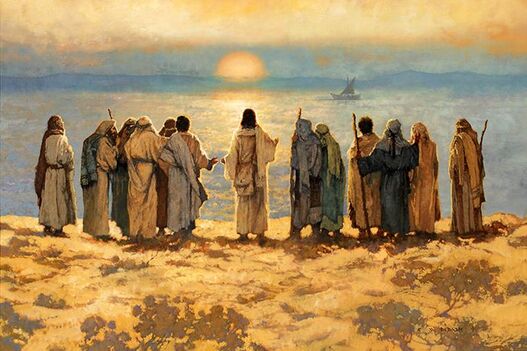



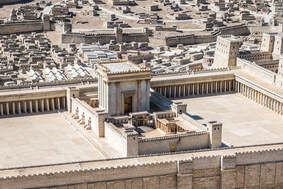

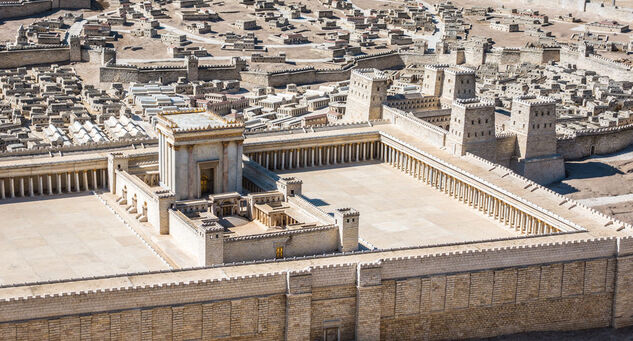







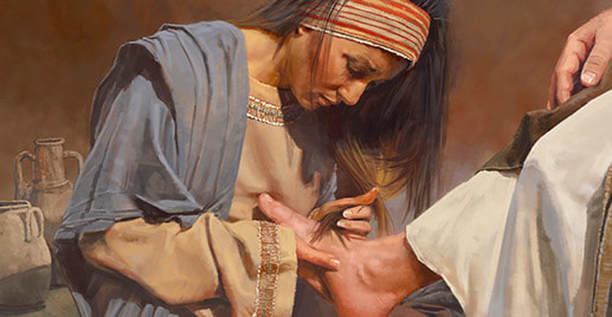




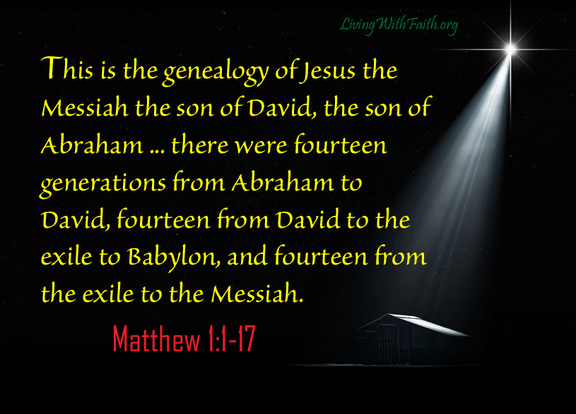



 RSS Feed
RSS Feed
